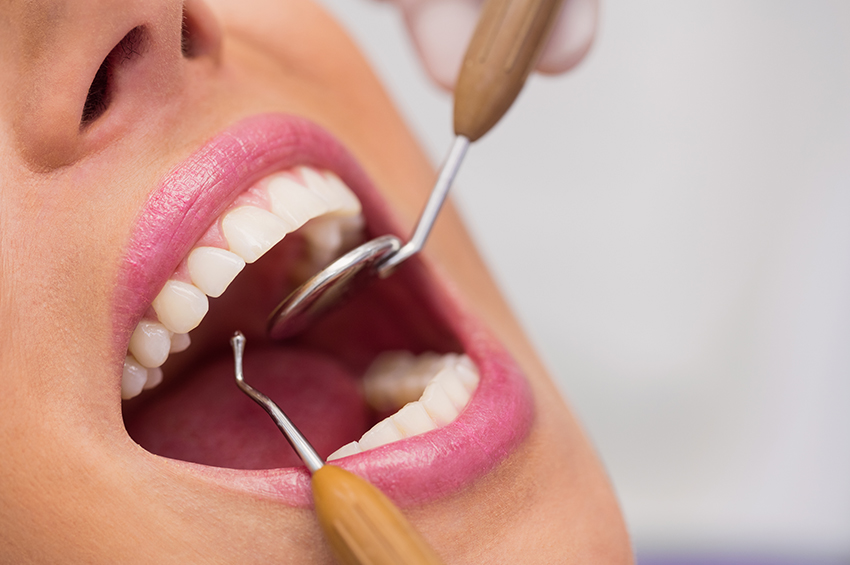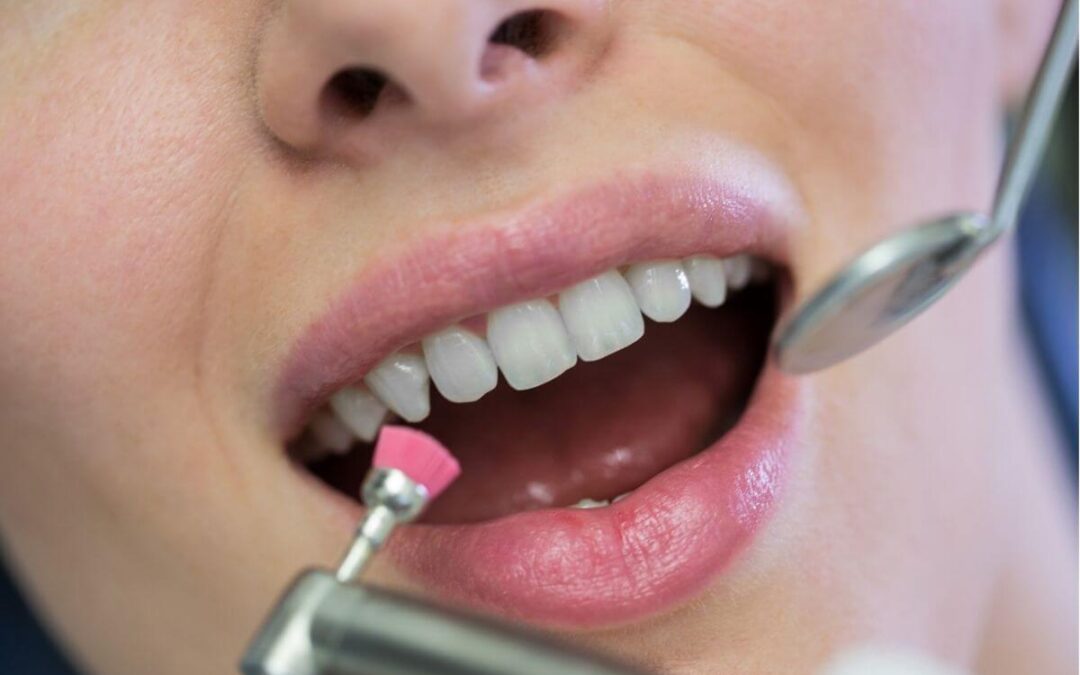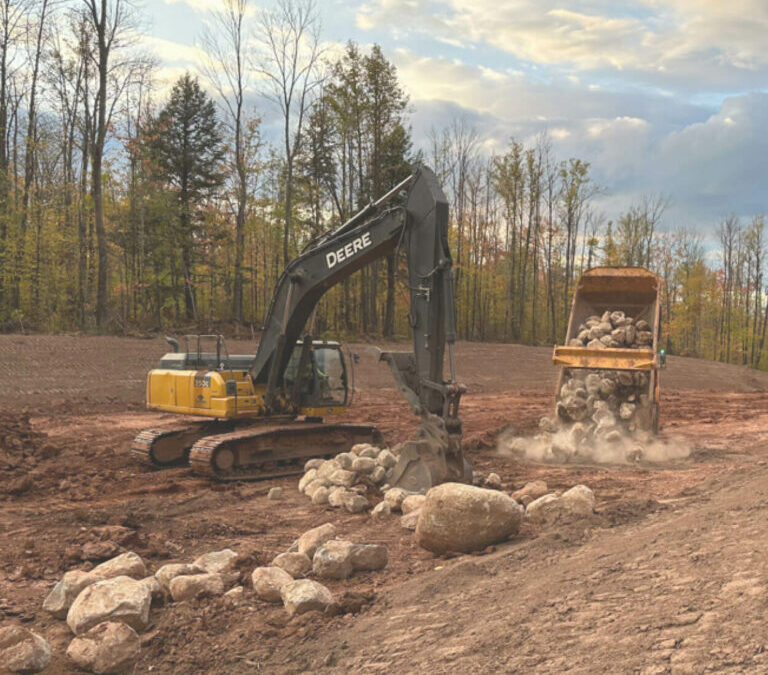Dental fillings are a common solution for treating cavities and restoring damaged teeth, but like any dental work, they’re not permanent. Many patients wonder how long they can expect their fillings to last—and how to extend their lifespan. Whether you’re dealing with a recent cavity or replacing an old filling, knowing what affects longevity helps you make informed decisions. If you’re considering a Dental Tooth Filling in Dubai, understanding the durability of different materials and the care they require will guide your expectations and aftercare.
What Affects the Lifespan of a Filling:
The lifespan of a dental filling depends on several key factors, including the material used, the location of the tooth, the size of the cavity, and your personal oral hygiene habits. Fillings in molars typically wear out faster because of the constant pressure from chewing. Additionally, patients who grind their teeth (bruxism) or regularly consume acidic or sugary foods may wear down fillings more quickly. Regular dental checkups are essential for monitoring wear and addressing problems early.
Typical Lifespans by Material:
Each type of filling material has a general lifespan range. Amalgam (silver) fillings typically last between 10 to 15 years and are known for their durability, especially in back teeth. Composite (tooth-colored) fillings last around 5 to 10 years but may wear out sooner in high-pressure areas. Ceramic or porcelain fillings can last up to 15 years with proper care and are more stain-resistant. Gold fillings, though less common today, can last more than 20 years due to their exceptional strength and resistance to wear.
Signs a Filling May Be Failing:
Even the most durable fillings will eventually need replacement. Common signs that a filling is reaching the end of its life include increased sensitivity to hot or cold, pain when biting down, visible cracks, discoloration around the edges, or the filling becoming loose. If you experience any of these symptoms, it’s essential to schedule a dental appointment promptly. Catching a worn filling early can prevent more extensive treatment, such as crowns or root canals.
The Role of Daily Habits:
How well you care for your teeth directly impacts how long your fillings last. Brushing twice a day with fluoride toothpaste, flossing daily, and limiting sugary snacks can reduce decay and prolong the life of your fillings. Avoid using your teeth to open packaging or bite on hard objects like pens or ice, as this can crack both natural teeth and restorations. If you have a Dental Tooth Filling in Dubai, your dentist will likely offer tailored aftercare advice to protect your investment long-term.
Importance of Regular Dental Visits:
Routine dental exams are key to maintaining healthy fillings. Your dentist will examine existing restorations for signs of wear, leakage, or decay forming around the filling edges. Professional cleanings also help remove plaque buildup that could compromise the surrounding tooth structure. By identifying issues early, your dentist can repair or replace fillings before they cause more serious complications, saving both time and money in the long run.
Replacement vs. Repair:
When a filling starts to fail, your dentist will determine whether it can be repaired or needs full replacement. Small chips or minor wear might be fixed with additional composite material. However, if a filling is cracked, loose, or leaking, it usually must be replaced entirely. In cases where a large portion of the tooth is damaged, a crown might be a better long-term solution. For patients receiving a Dental Tooth Filling in Dubai, experienced clinics will ensure that every restoration meets the latest standards in strength and aesthetics.
Advances in Filling Materials:
Modern dental materials have come a long way in terms of durability, aesthetics, and biocompatibility. Today’s composite resins are stronger and more wear-resistant than older versions, making them more suitable for load-bearing teeth than in the past. Glass ionomer fillings, which release fluoride to help prevent decay, are useful in non-load areas or for patients with high decay risk. Some newer materials are even designed to adapt and flex slightly with your natural tooth, reducing the risk of cracks or detachment over time.
Final Thoughts:
While no filling







0 Comments